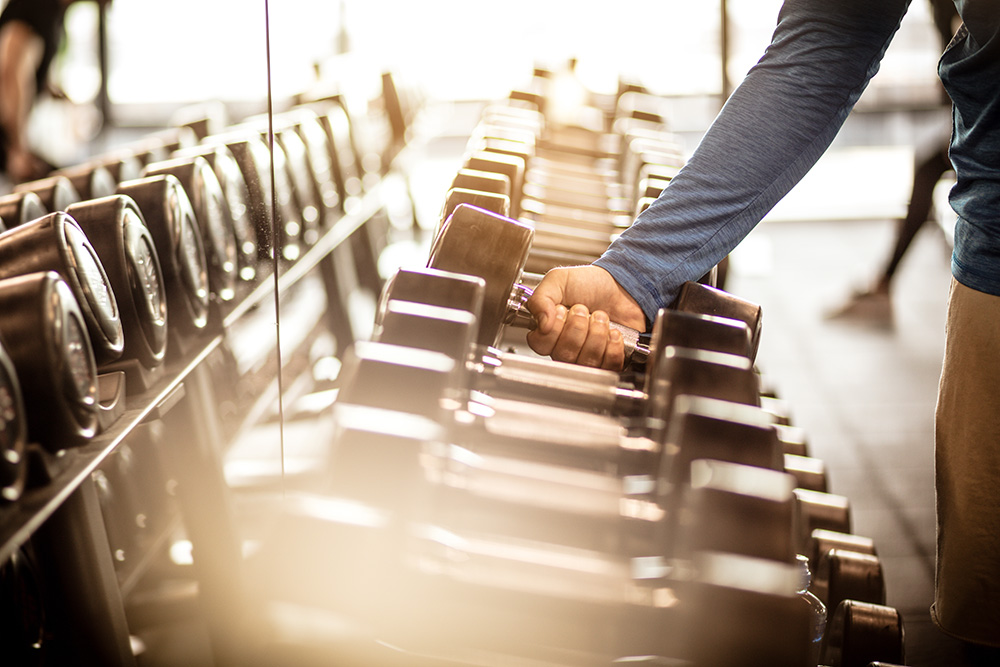Brad (not his real name) is a a 34 ear old man who came to see me this week. Brad has been attempting to lose weight, going slowly losing about 500g a week, on average, for the past 3 months “Doc, I am thinking about going to the gym and lifting weights, but don’t know where to start.”. He is married with 2 kids and has no other physical or mental health concerns. He works in an office and has not been in a gym previously. He denies any shoulder, knee or hip issues currently or in the past.
Many gyms offer a personal trainer, for one-on-one sessions when joining their respective gym, both to assist with education on how to use the equipment and in the hope that you sign up to a number of sessions with them. The choice of personal trainer may be limited by the gym you are joining. The level of training and experience the trainer has can be varied. The base level is a Certificate 3, then a Certificate 4 in fitness. Many of these courses can be completed online with some supervised gym work.
The next level is a diploma of fitness which is considered an up skilling for the personal trainer. An exercise physiologist is a person who has completed a university degree and assists people with medical conditions to complete training. Such conditions may include diabetes, heart disease or mental health issues. Often training with exercise physiologists can enable a rebate on Medicare or via a health fund.
If you cannot afford a personal trainer, and you have not lifted weights previously, I suggest a six-lift program that is based on a push/pull pattern to maintain muscular balance. I also encourage the use of machines over free weights for a beginner. Free weights, while giving better muscle growth and encourage the use of stabilizer muscles, also increase the risk of injury if they are not performed correctly. The six lifts I suggest are
- Machine bench press
- Machine seated support row
- Machine lat pull down
- Machine military press
- Leg press
- Leg extension
There are nuances and variations on the suggested lifts but I suggest that for a beginner these exercises give a good introduction and base to progressing within the gym They should be completed for at least 3 months prior to changing the program.
When you first start lifting, there will be some discomfort, called delayed onset muscle pain (DOMP). This can best be managed by not lifting too heavy at the start, maintain hydration and to keeping the ego in check. A gradual increase in load decreases the amount of DOMPs experienced.
Brad came back after 3 months and is now looking at commencing a free weight program. He has engaged with a trainer to assist him in developing a training program and educate him on the differing lifting techniques.

